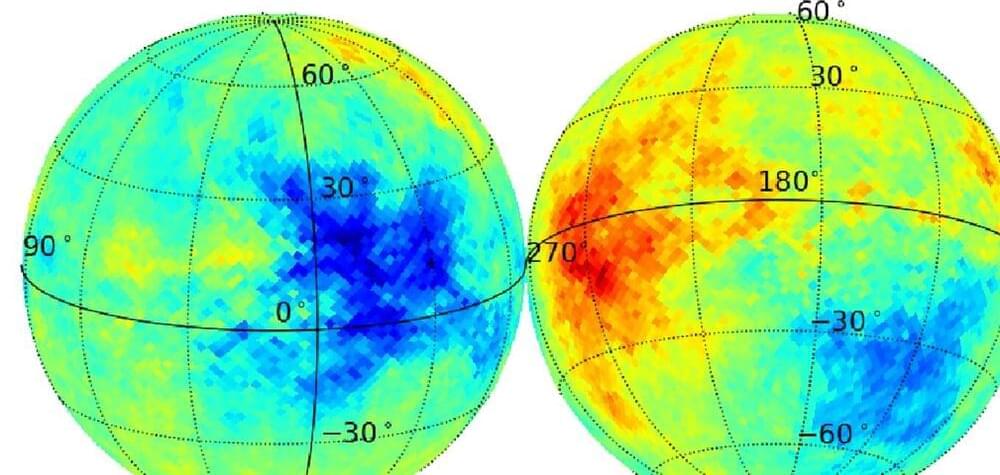Our ideas about the universe are based on a century-old simplification known as the cosmological principle. It suggests that when averaged on large scales, the Cosmos is homogeneous and matter is distributed evenly throughout.
This allows a mathematical description of space-time that simplifies the application of Einstein’s general theory of relativity to the universe as a whole.
Our cosmological models are based on this assumption. But as new telescopes, both on Earth and in space, deliver ever more precise images, and astronomers discover massive objects such as the giant arc of quasars, this foundation is increasingly challenged.
